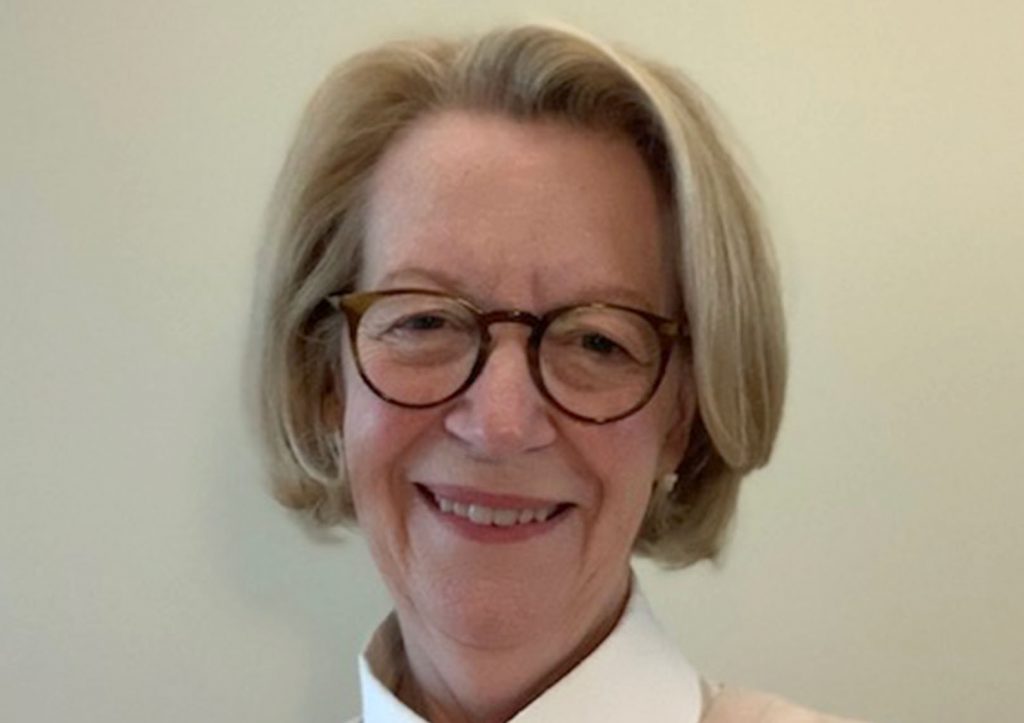Collaborating with physicians: Jennifer Purcell’s experience

“Before when someone asked me what I did and I would tell them, they wouldn’t really understand. Now it’s almost like we found our place on the map. It’s exciting to see where we will proceed from here.” – Jennifer Purcell, CHIM
Jennifer Purcell, CHIM, didn’t intend to pursue a career in health information. “I leaped into this without even knowing what it was really about,” she admits. A coder with Eastern Health, Jennifer did always know that she wanted to work in the medical field—she just wasn’t sure which direction she wanted to take. After applying for an x-ray technician program and discovering it had a long wait list, she noticed a new program in health information management that she could enrol in right away. It’s worked out well for her.
Jennifer has been with Eastern Health for a decade now, where she currently works on coding and abstracting in accordance with current CIHI guidelines and principles regarding DAD and NACRS data elements and hospital–client policies and procedures. She’s gained much knowledge throughout those 10 years—and says she continues to learn on a daily basis.
“They say people change careers about 5–7 times in their life,” Jennifer shares. “With this you don’t need to change careers, but more so job titles, because the HIM careers are not just limited to one job.” The health information field is one that is constantly evolving, which means there are new opportunities emerging in it on a regular basis. She also notes that health information jobs aren’t just limited to hospitals, as some people may expect. “HIM specialists may choose to work in a variety of health care settings, such as hospital, medical clinics, government agencies, research, and so on.” Some also have the opportunity to work from home.
Though it is rewarding, a career in health information has its challenges. “The medical field is always changing, coming up with new procedures and diagnoses,” Jennifer says. “You have to keep yourself educated and up on the ever-changing procedures. As soon as you think you have something figured out, it could change just like that.”
Jennifer’s most significant learning accomplishment so far came when she was part of a re-abstracting project undertaken due to inconsistencies around length of stay in a large number of cardiovascular charts. The project aimed to identify the discrepancies between what the physician documented and what was coded, and involved working closely with the cardiovascular surgeons to discuss what was coded and what should be added to a chart to accurately code a diagnosis. “It was really nice to collaborate with the physicians and see how and why they documented [what they did] on the patient charts—and for them to see how we code that,” says Jennifer. “It was an eye opener and a fabulous learning experience for both the physicians and the coders. This process gave us both an understanding of what needs to be documented and how we can capture this for them. Due to this, we now have better documentation and data quality.”
Sometimes, though, learning comes in different ways than one might expect. “While working with the surgeons I got the chance to watch first hand a CABG being performed and a pacemaker being inserted,” Jennifer shares. “That was definitely a highlight of my career. I enjoy watching surgeries to get a better understanding of the procedures I code on a daily basis.”
Recognition of the health information profession has come a long way since Jennifer first enrolled in her program. She says she’s excited to see this acknowledgment—to see that people are starting to understand the work they do. “Before when someone asked me what I did and I would tell them, they wouldn’t really understand,” Jennifer says. “Now it’s almost like we found our place on the map. It’s exciting to see where we will proceed from here.”






